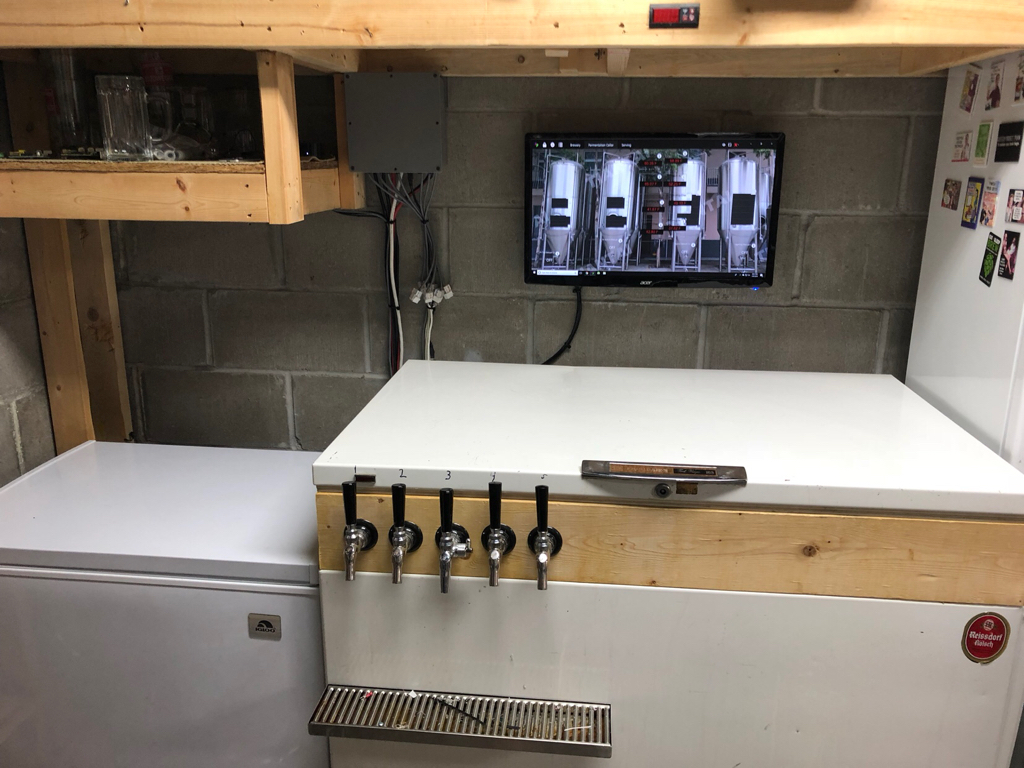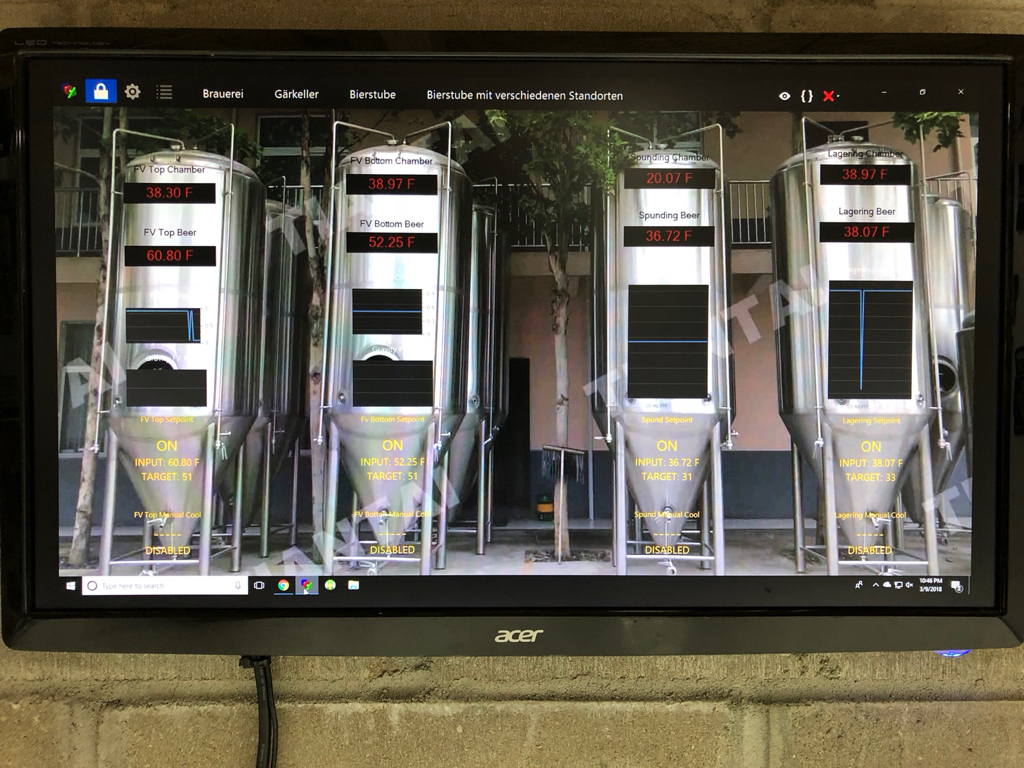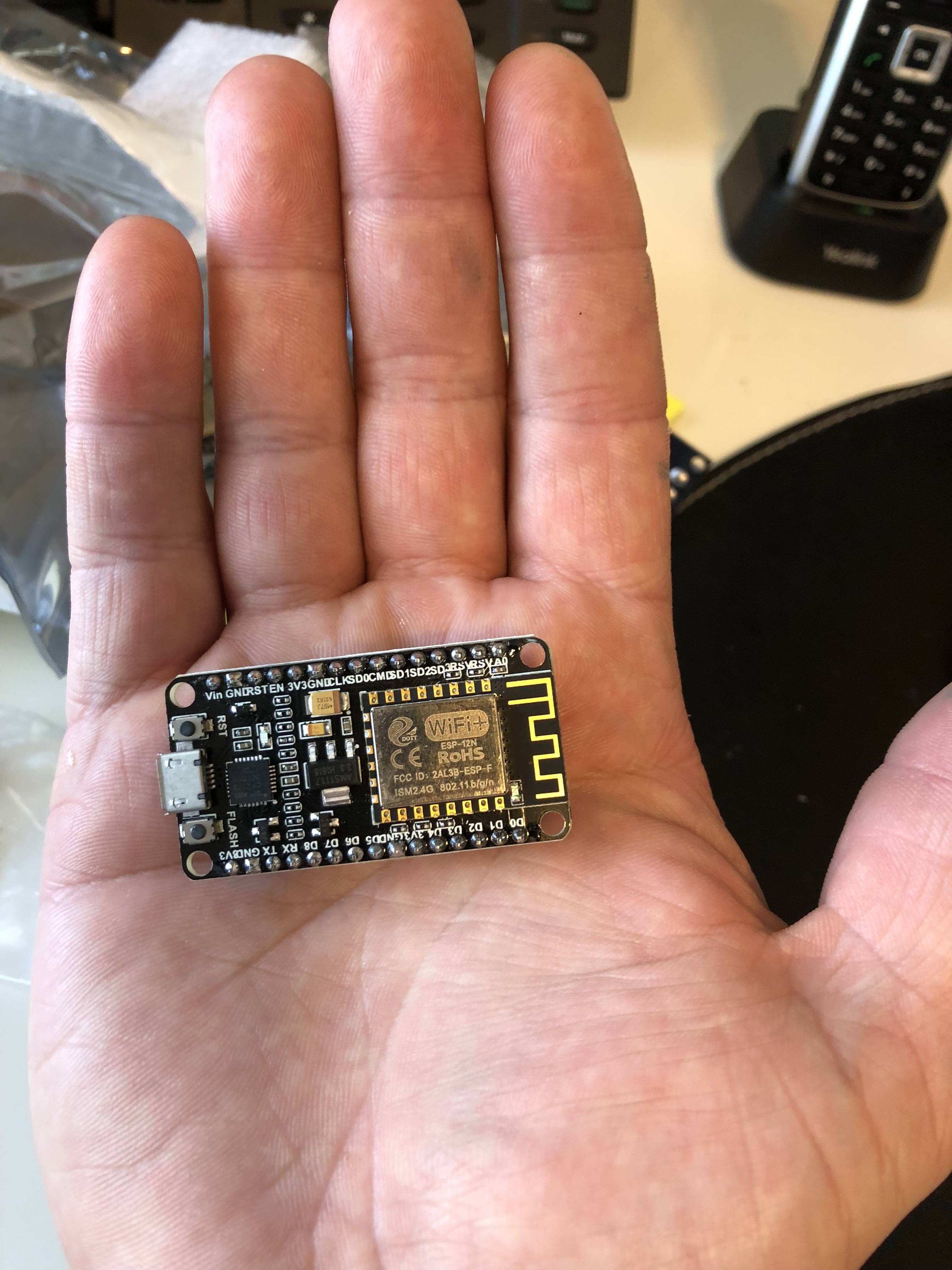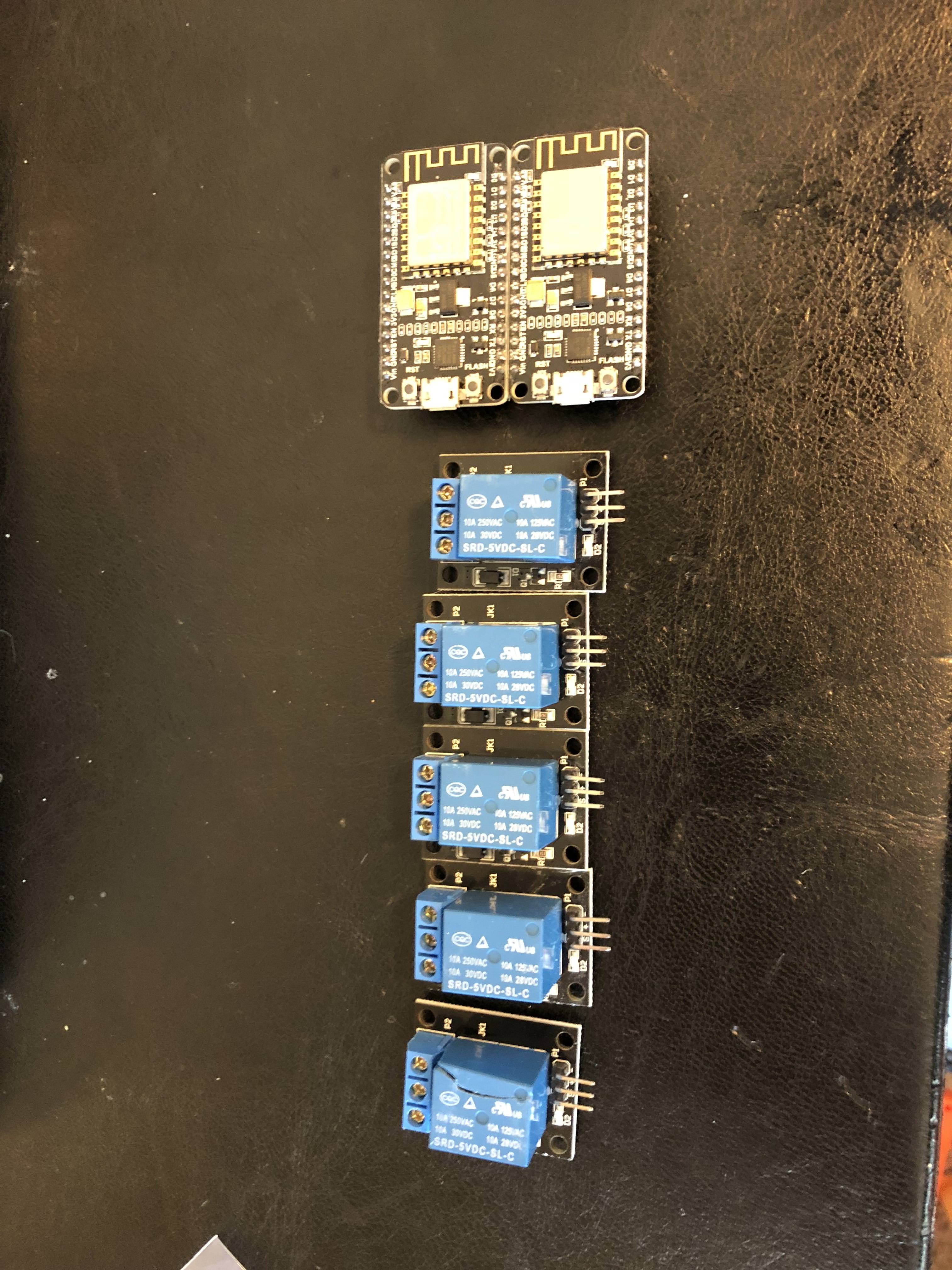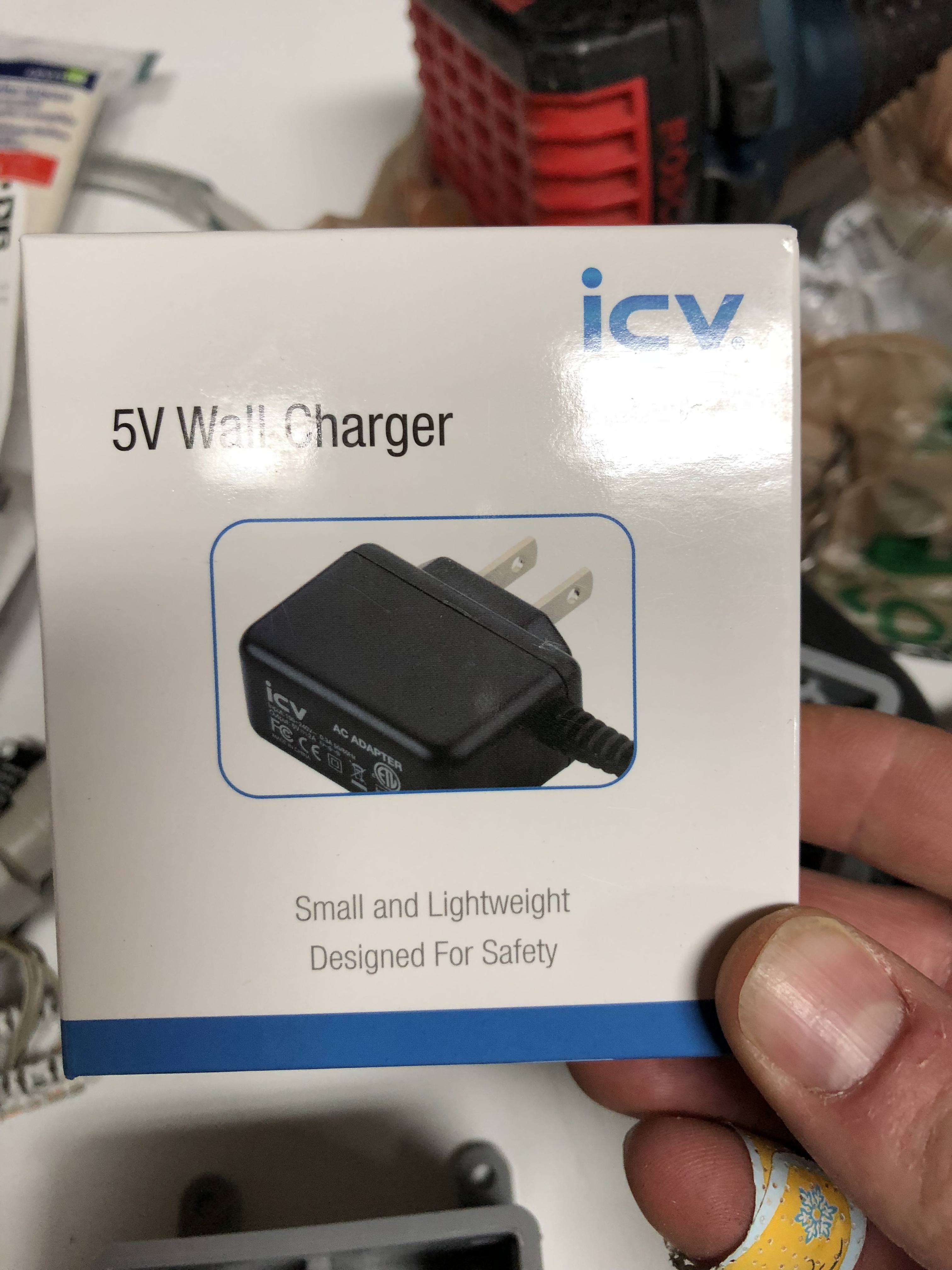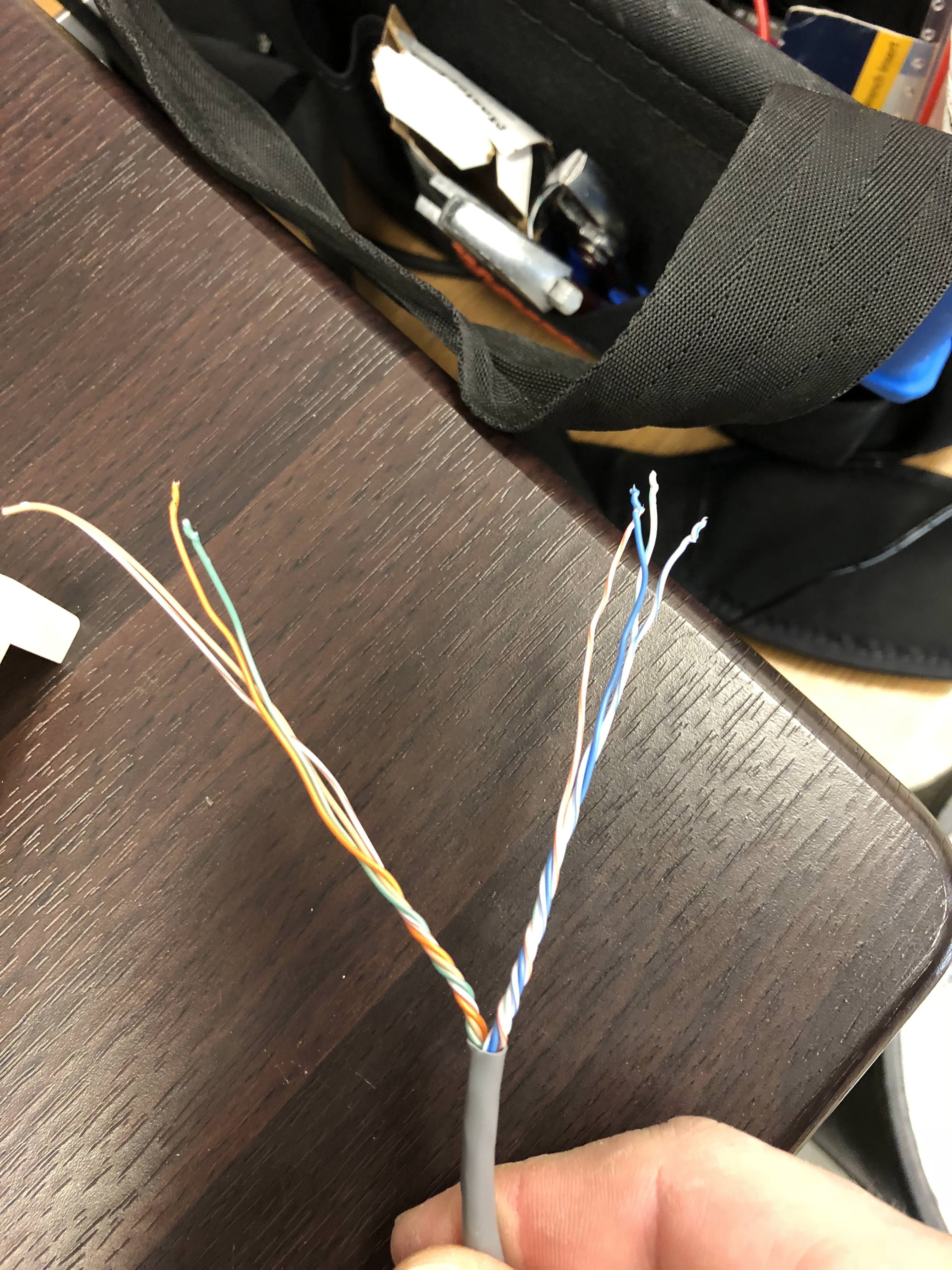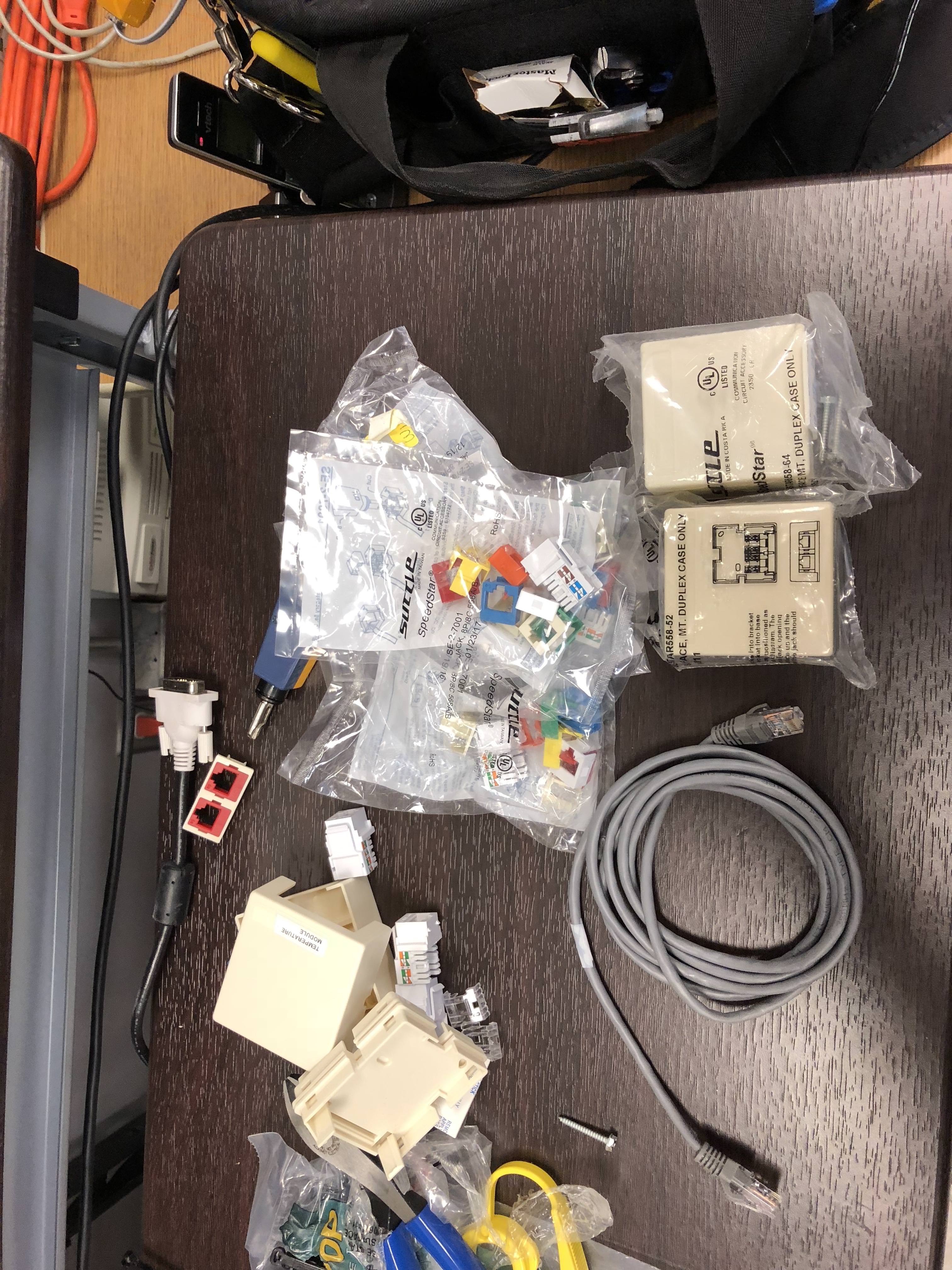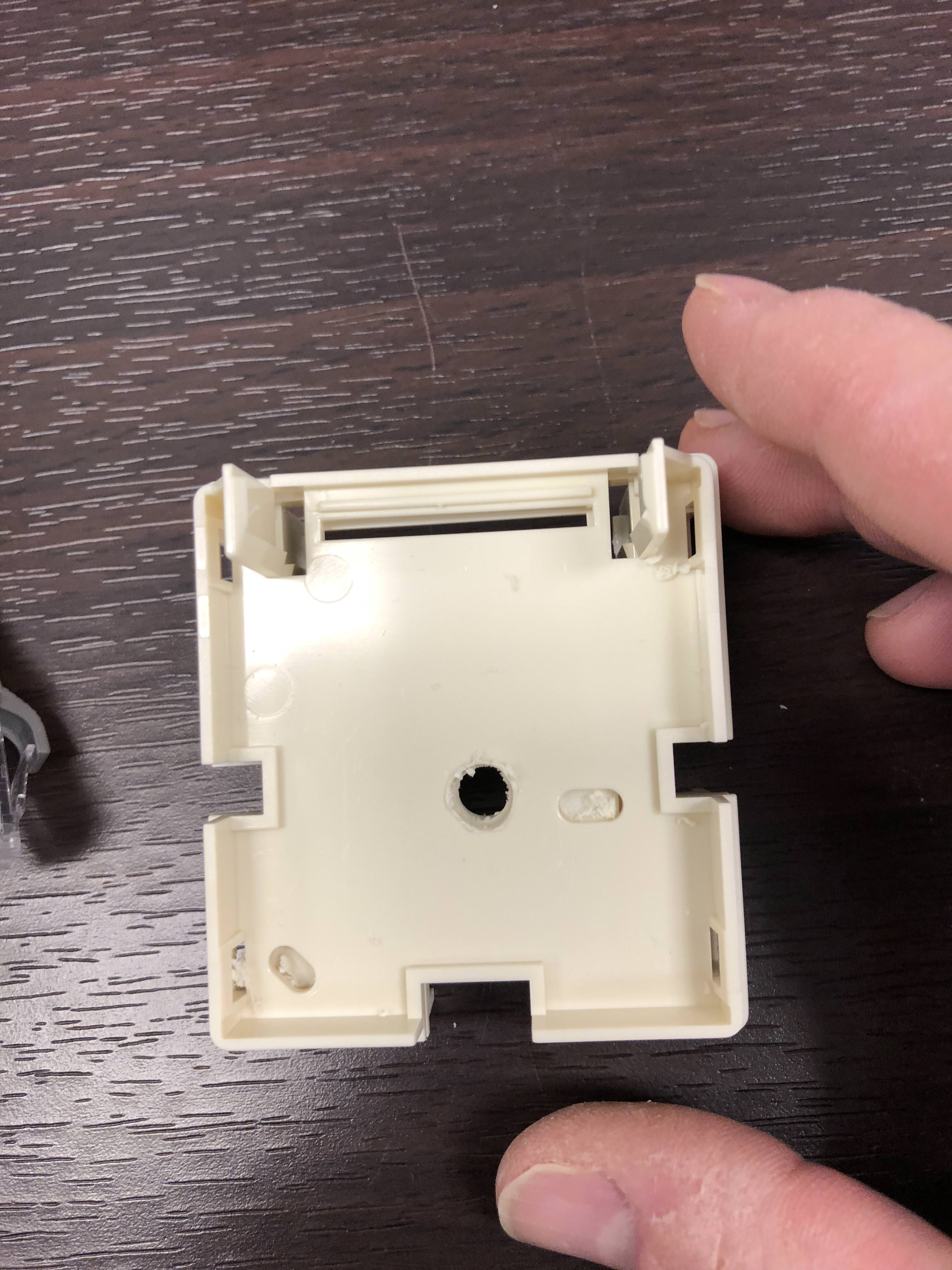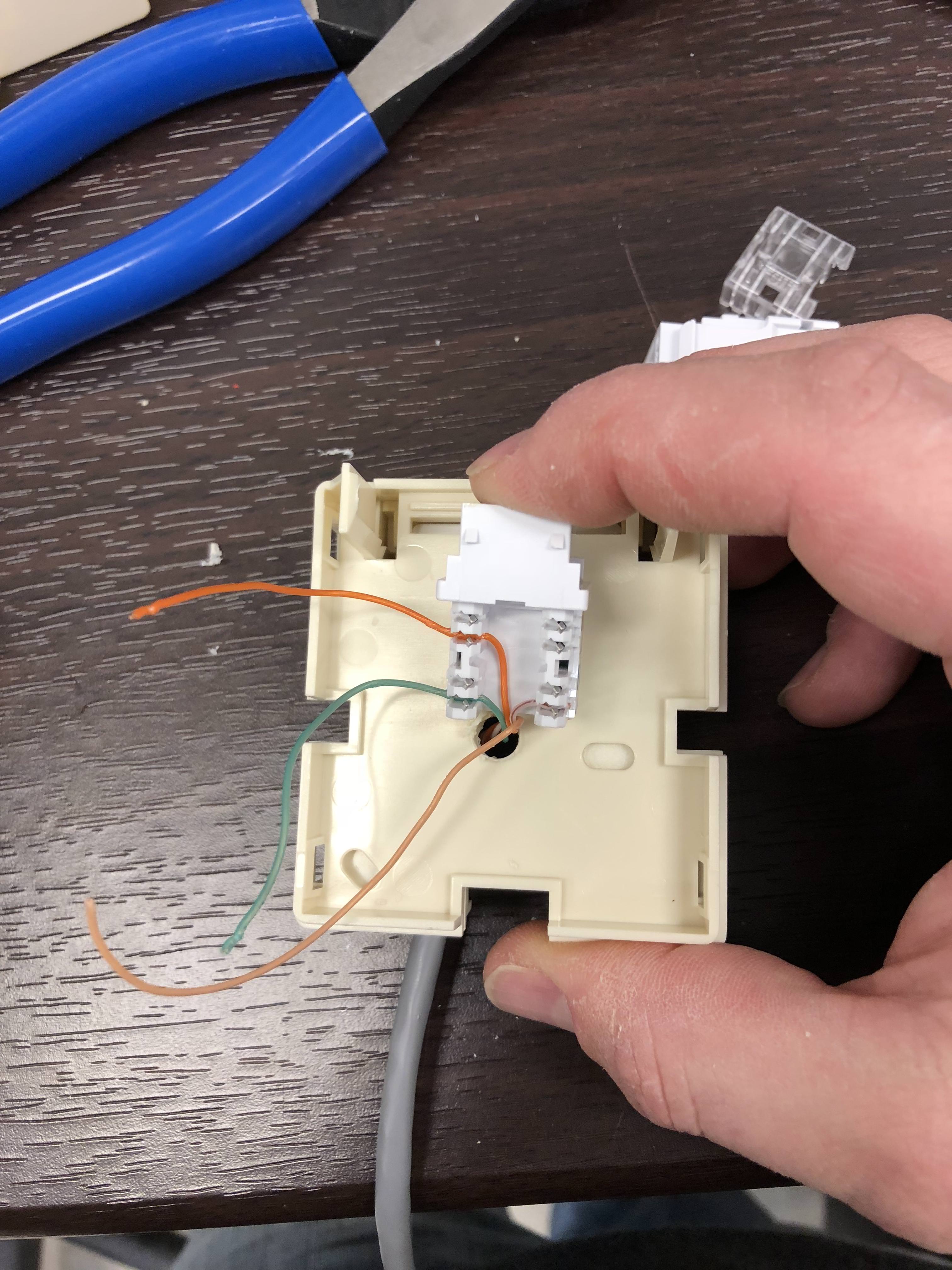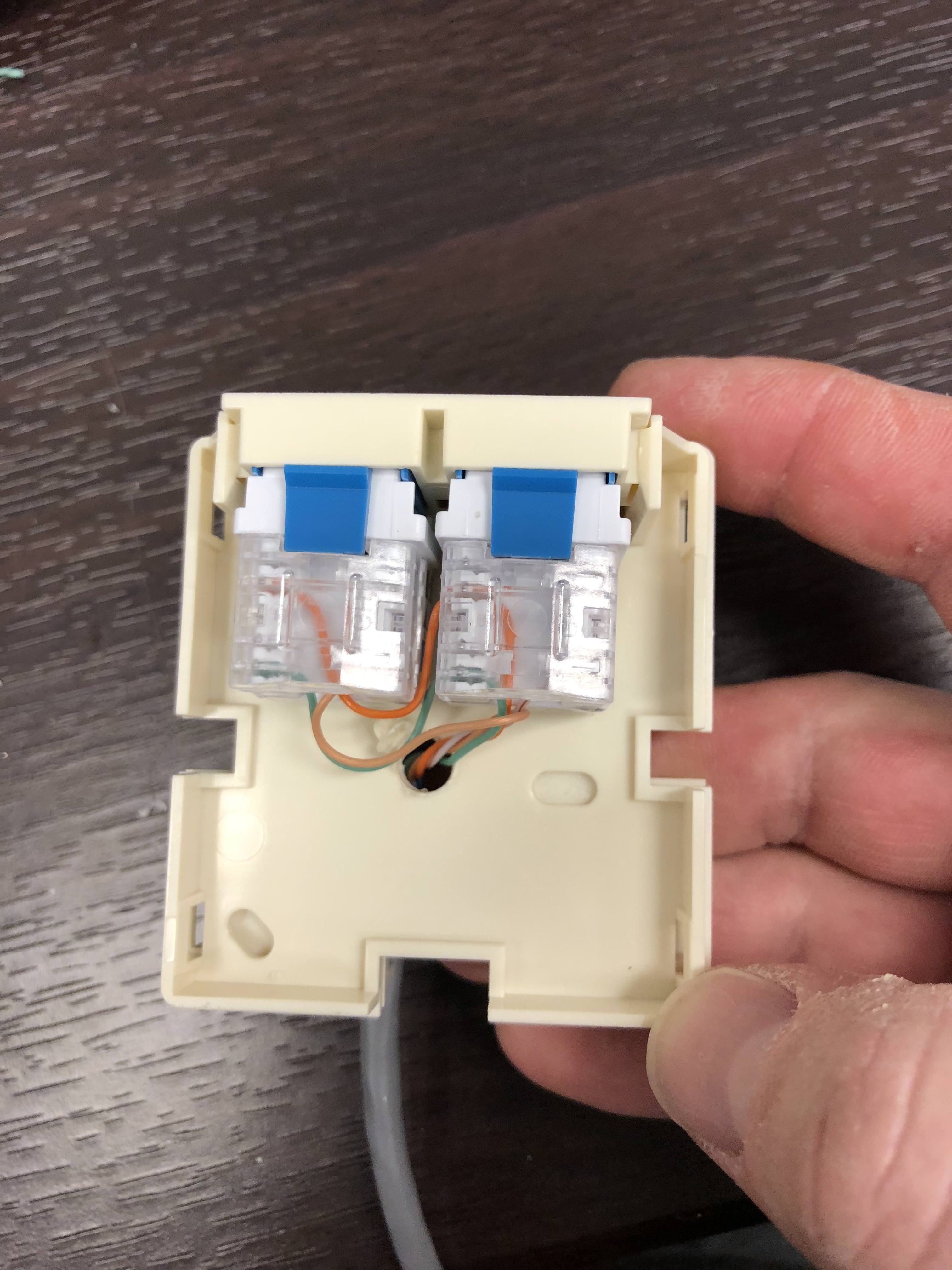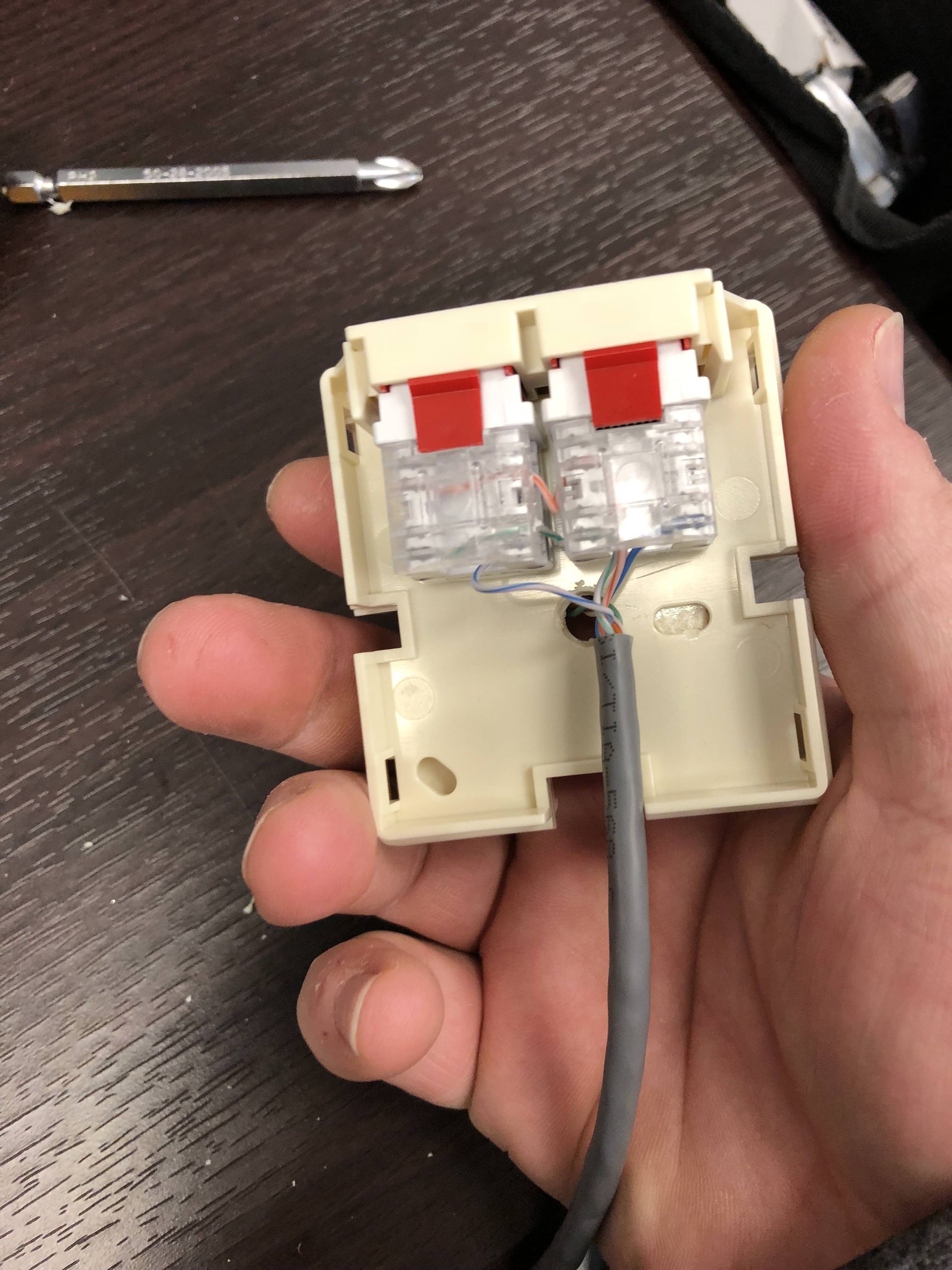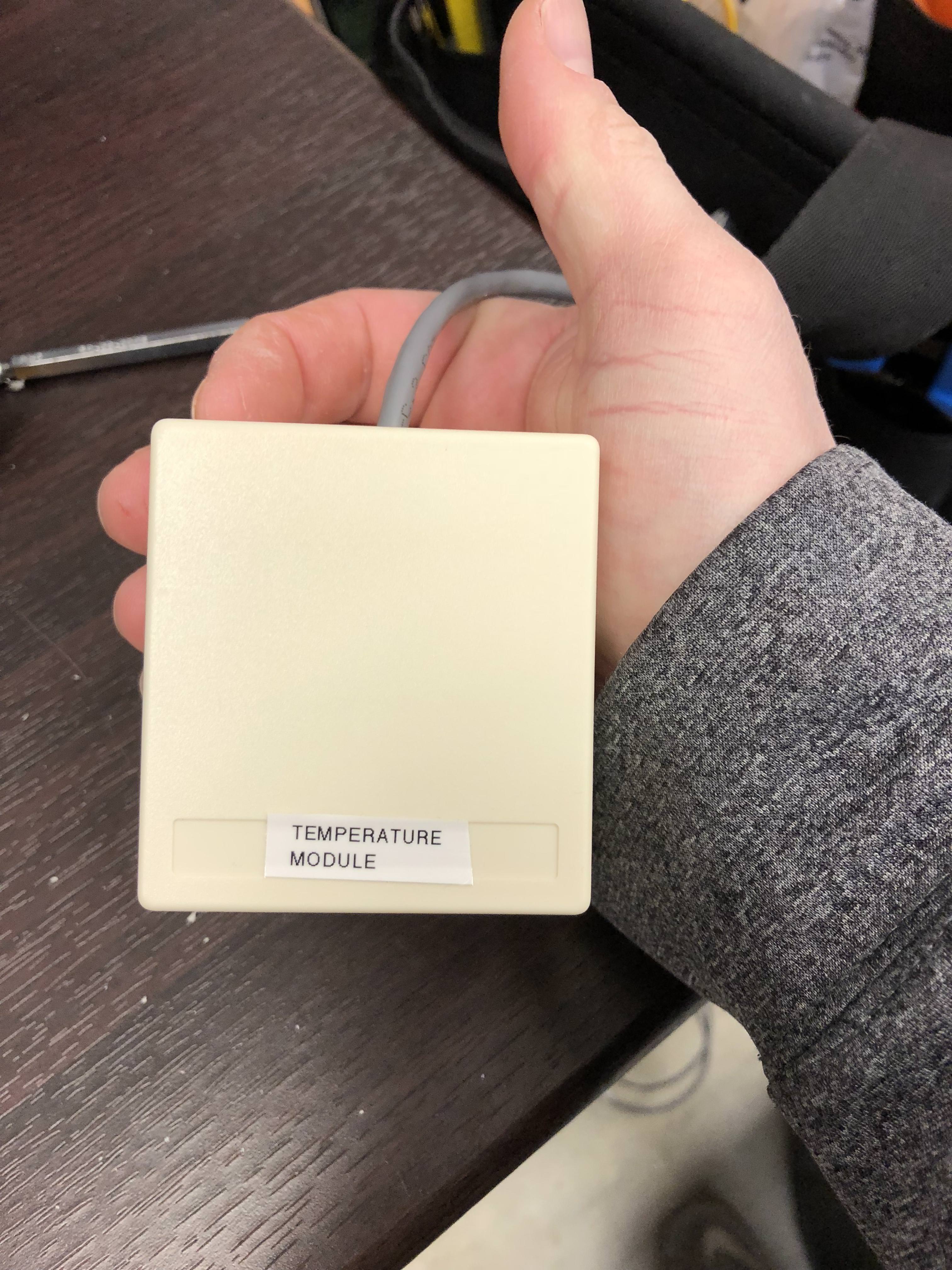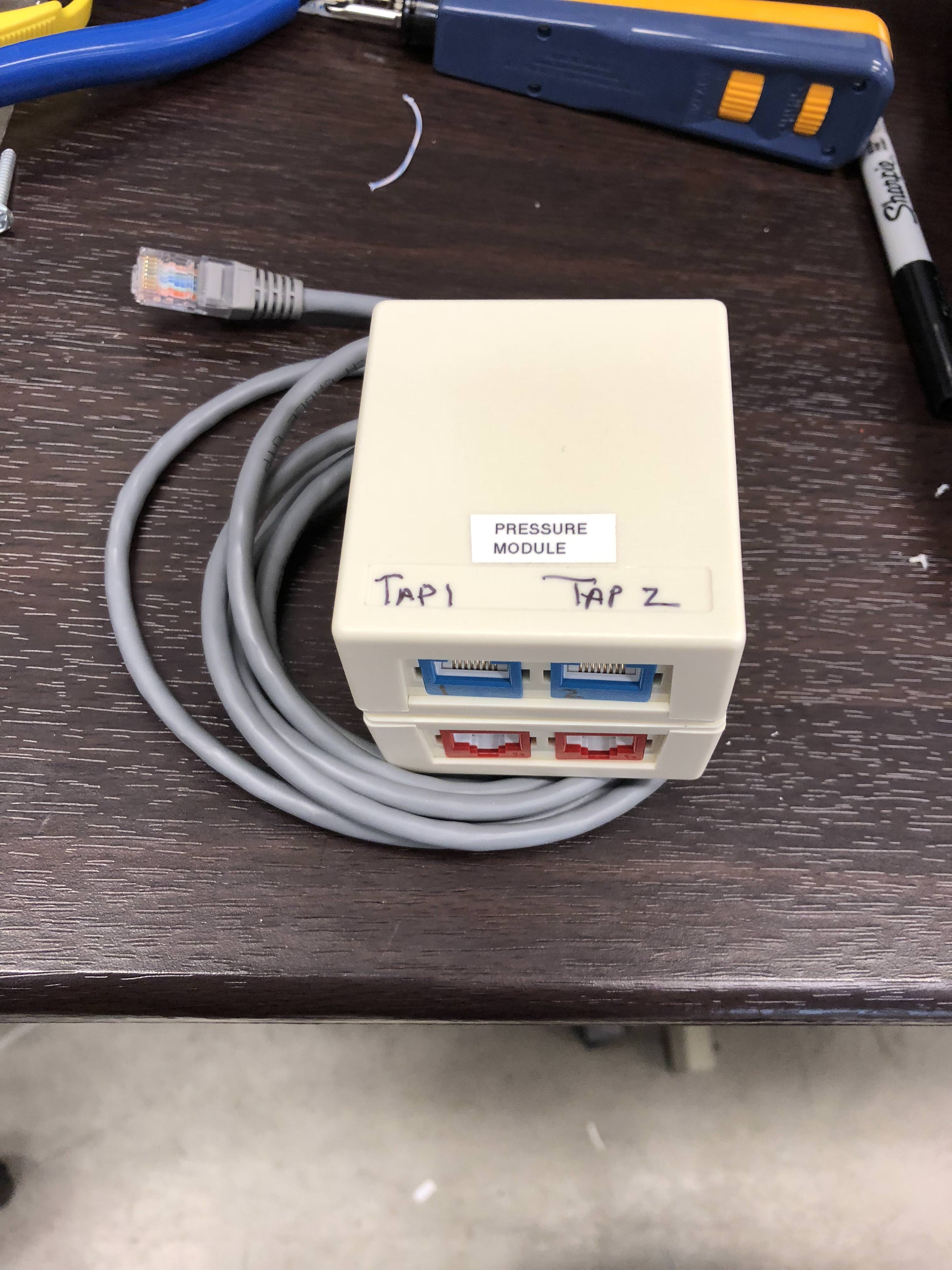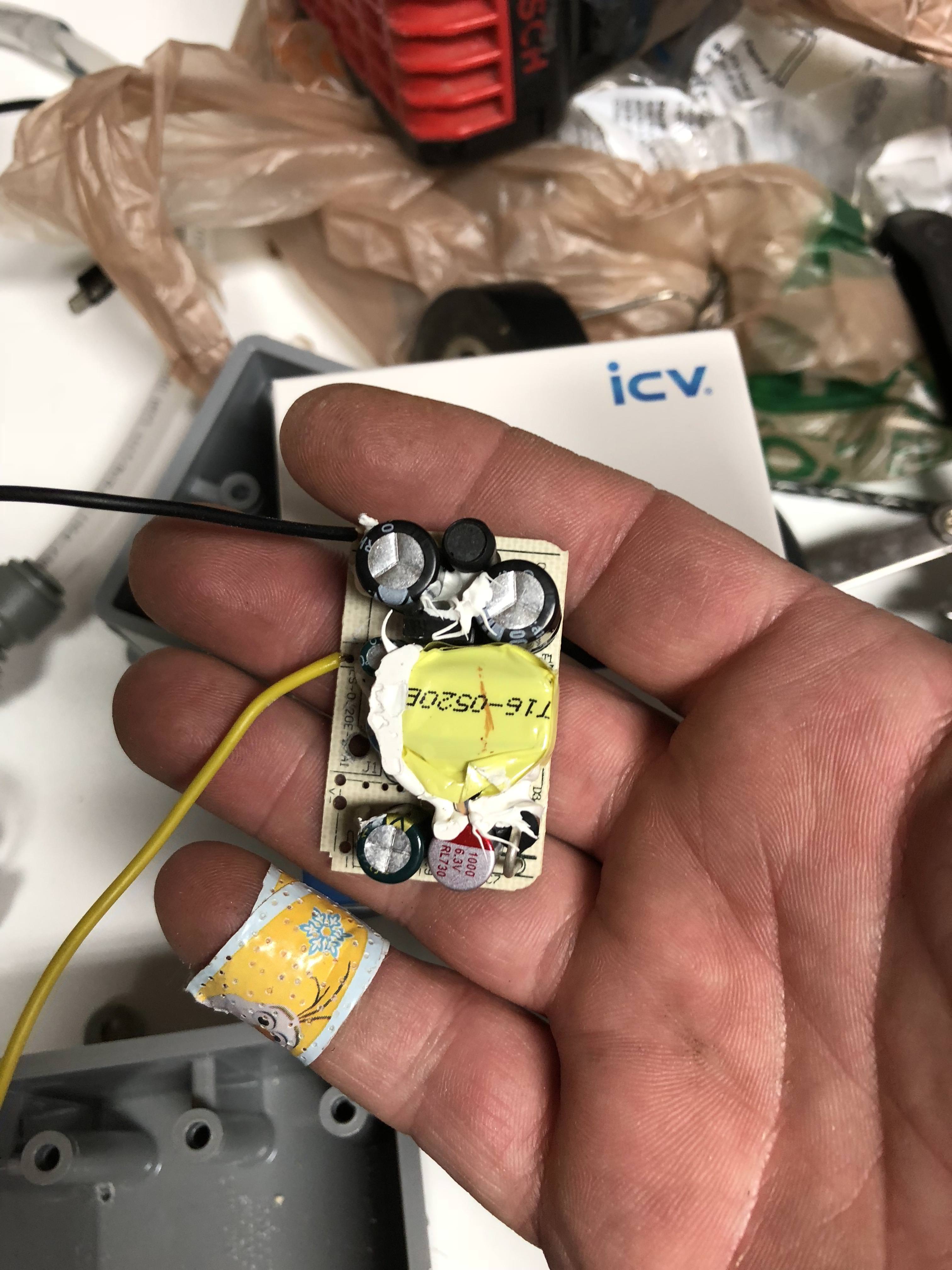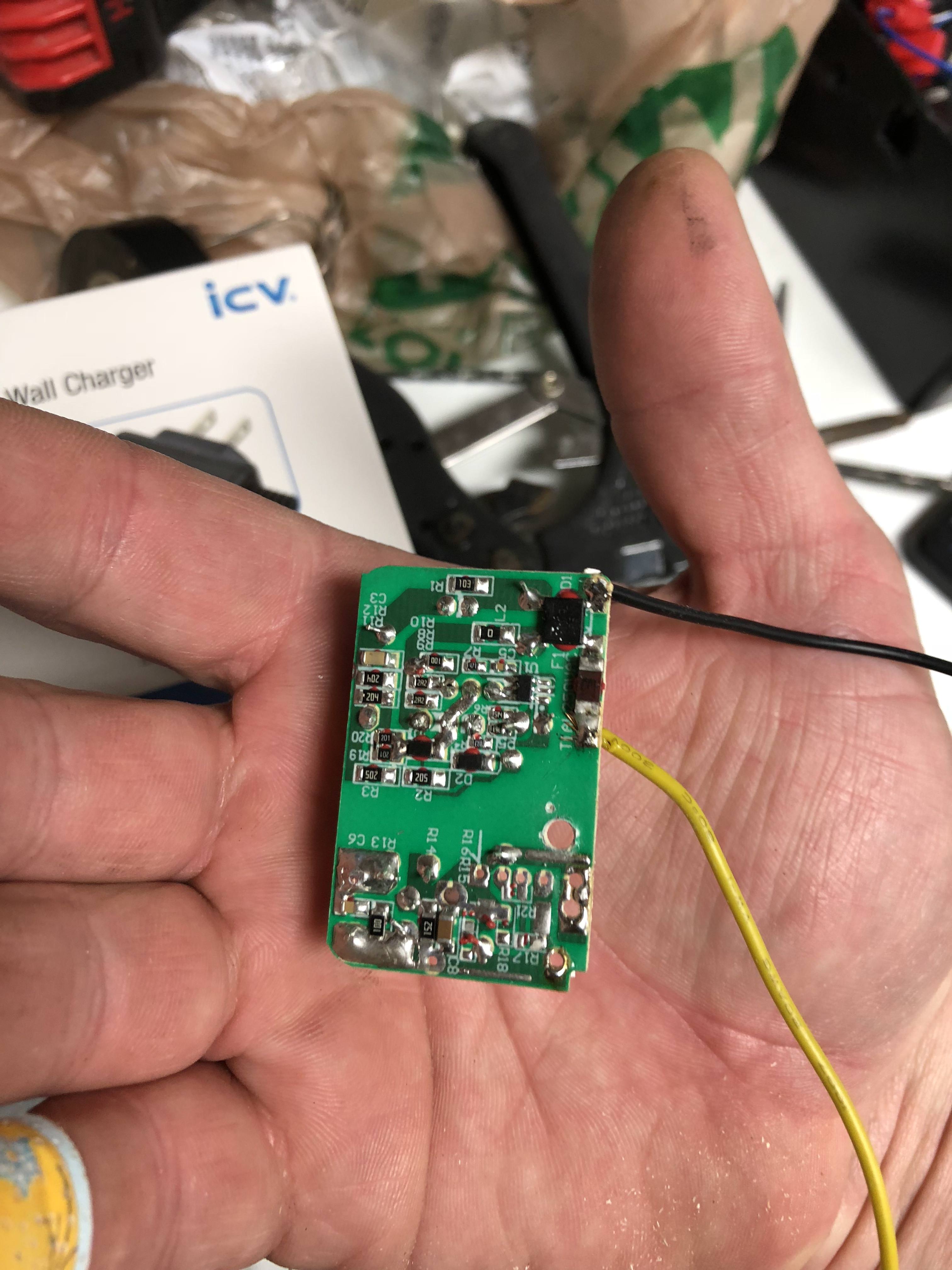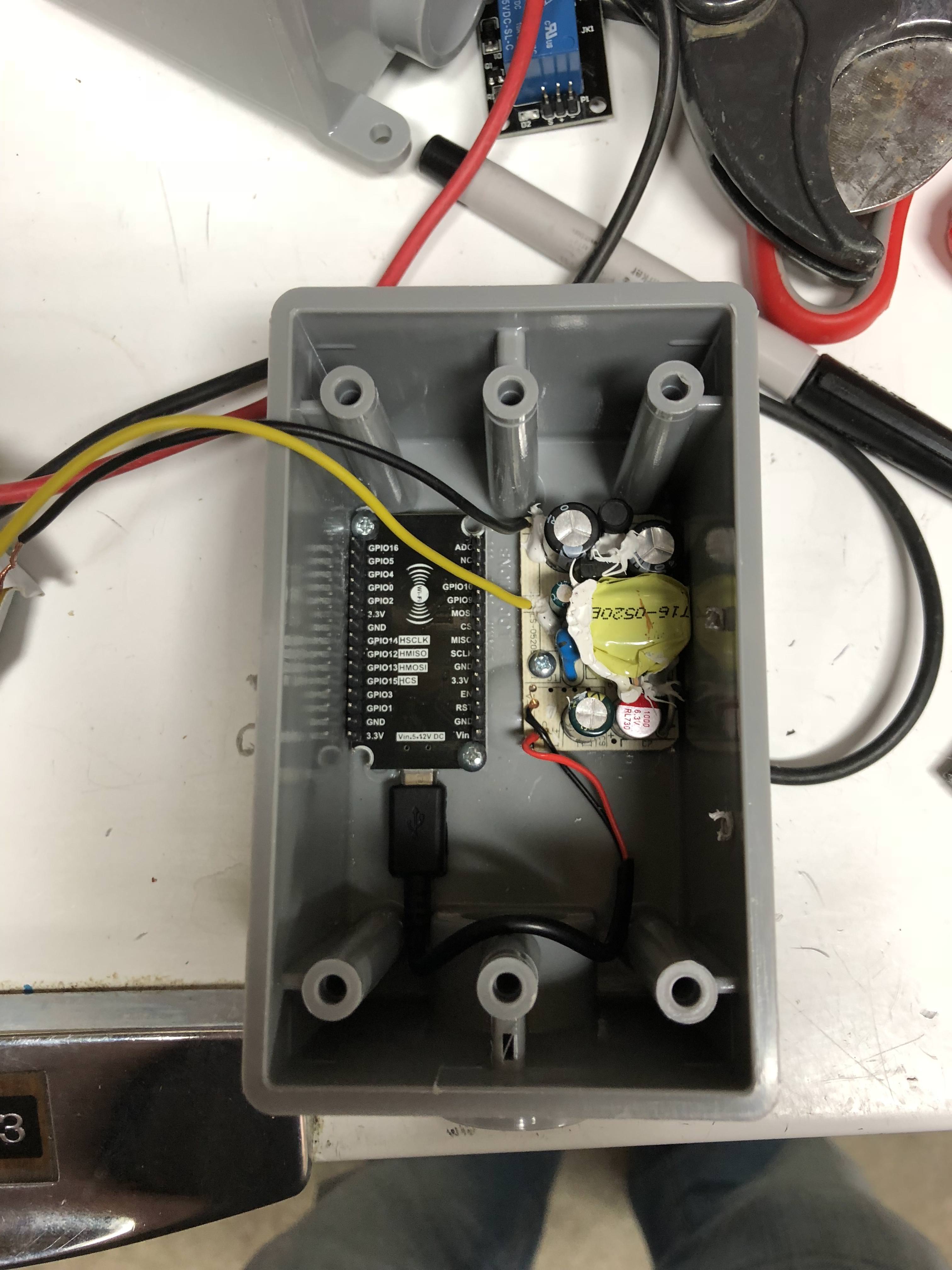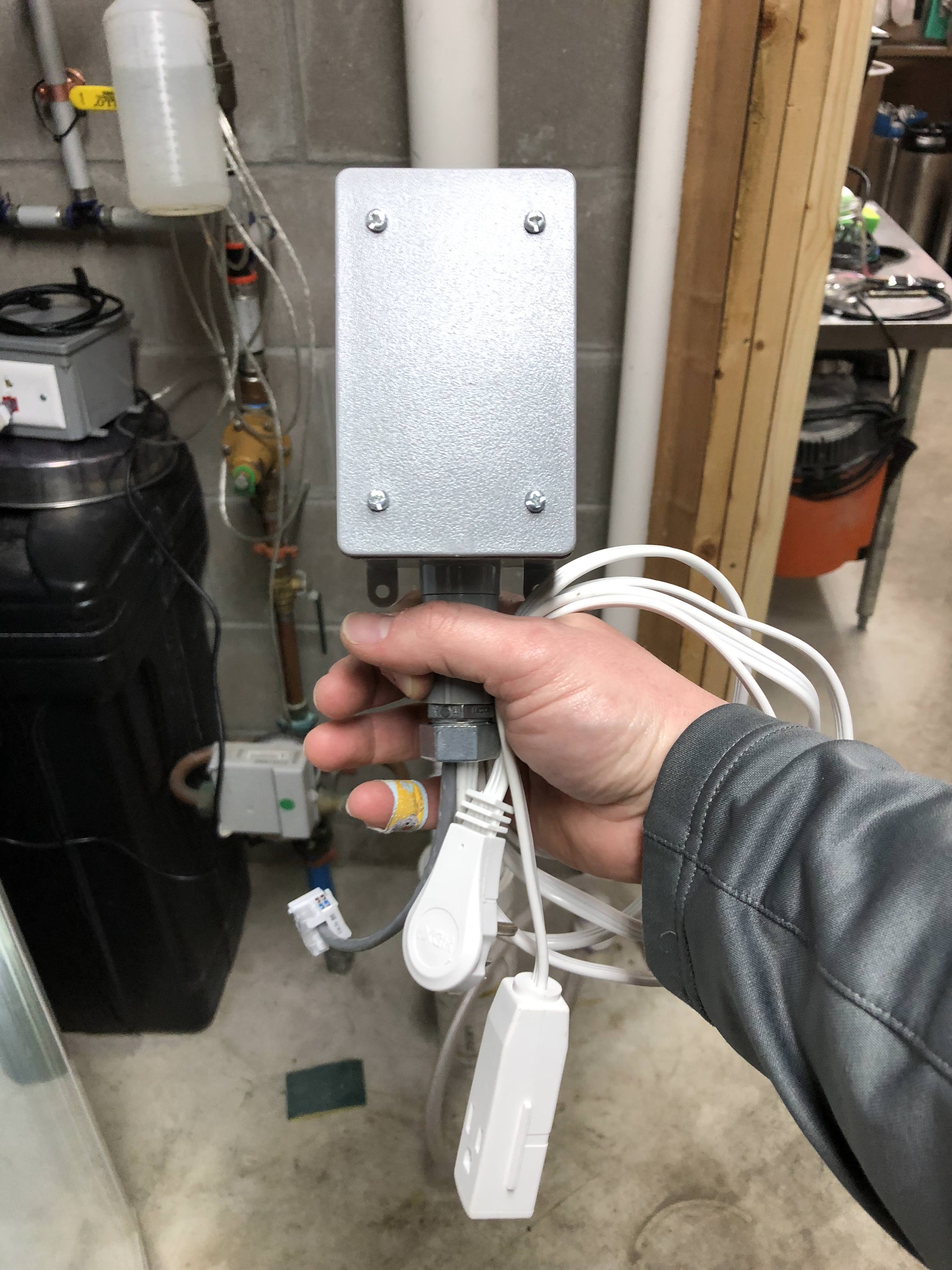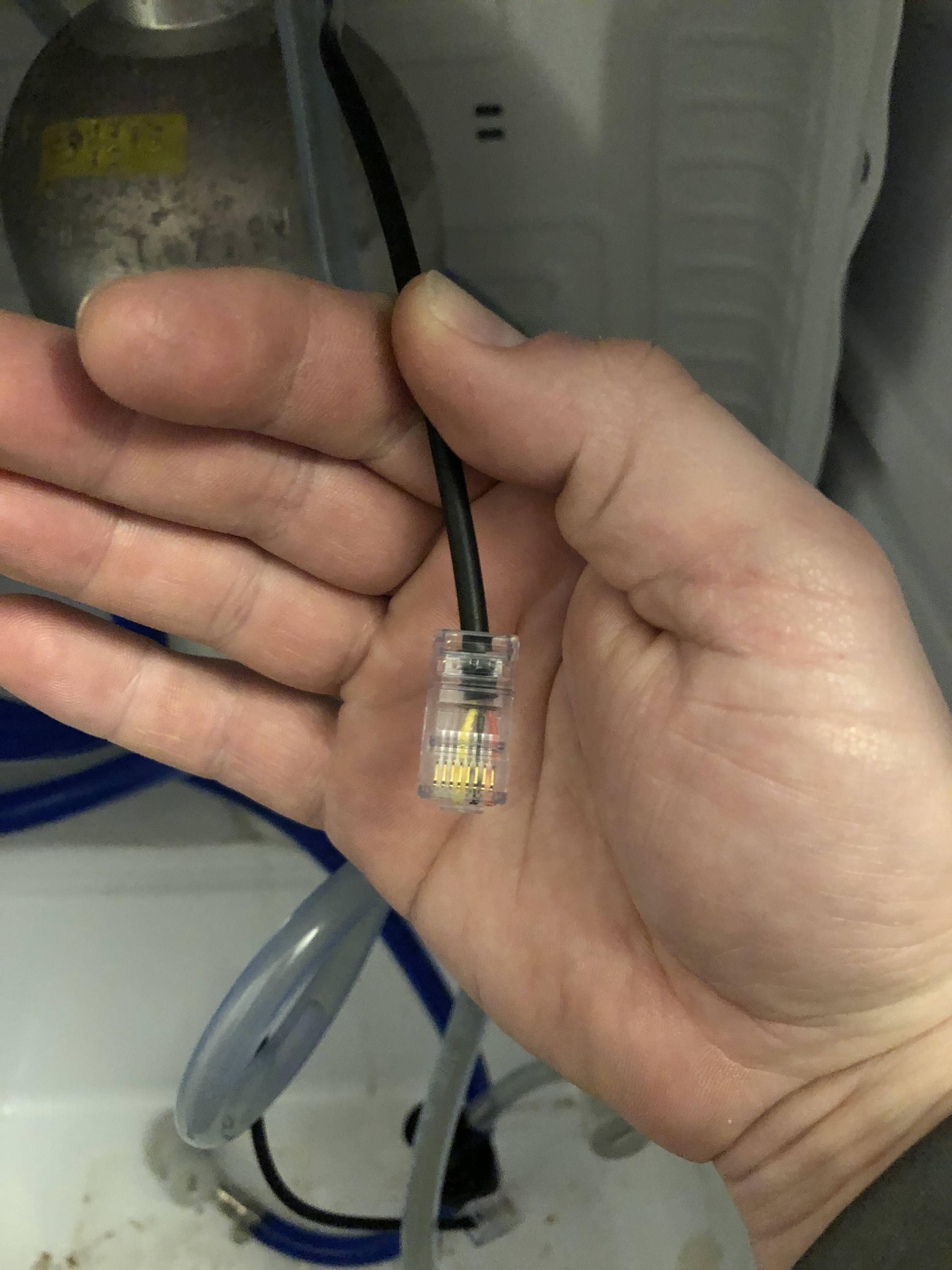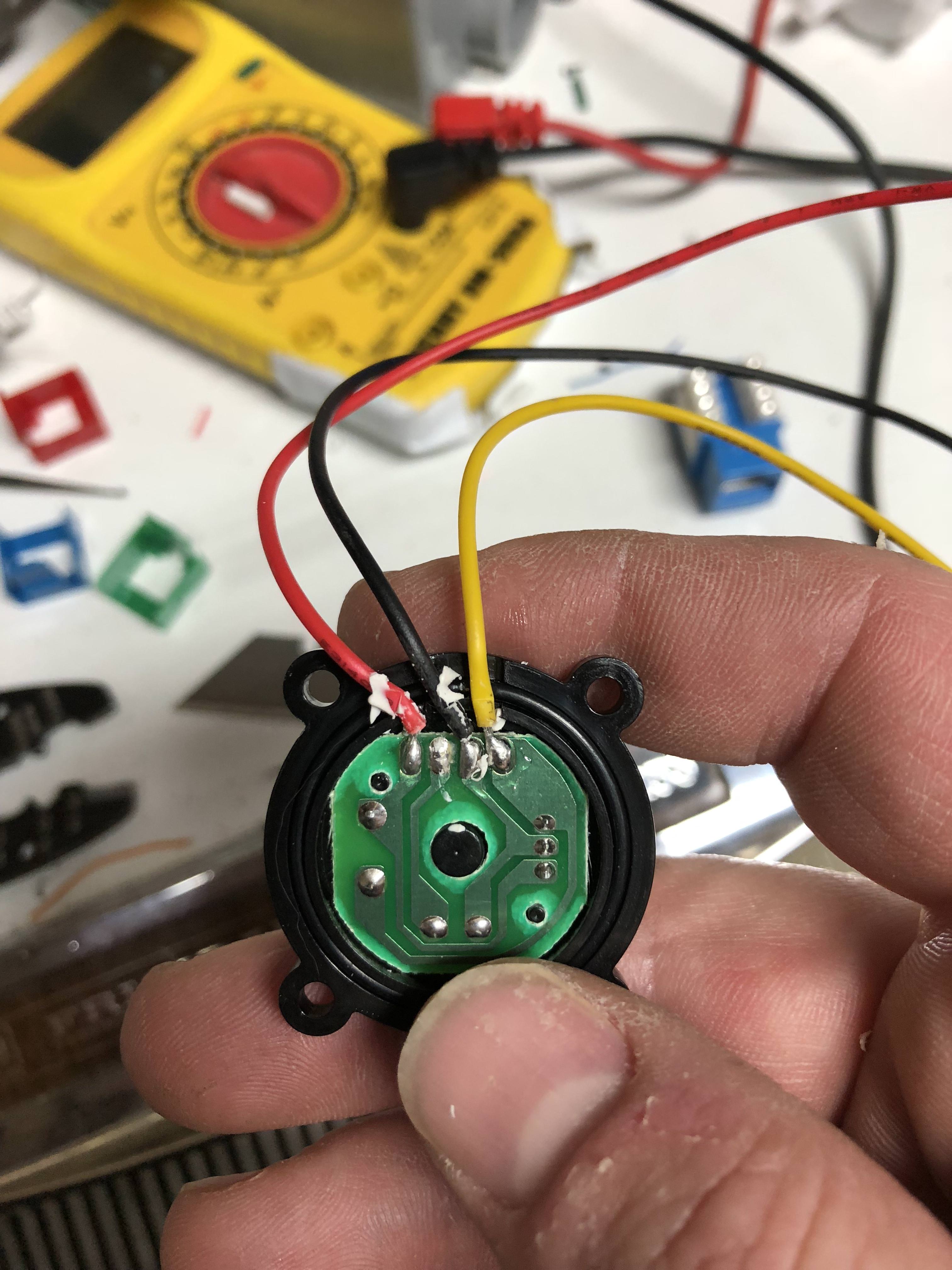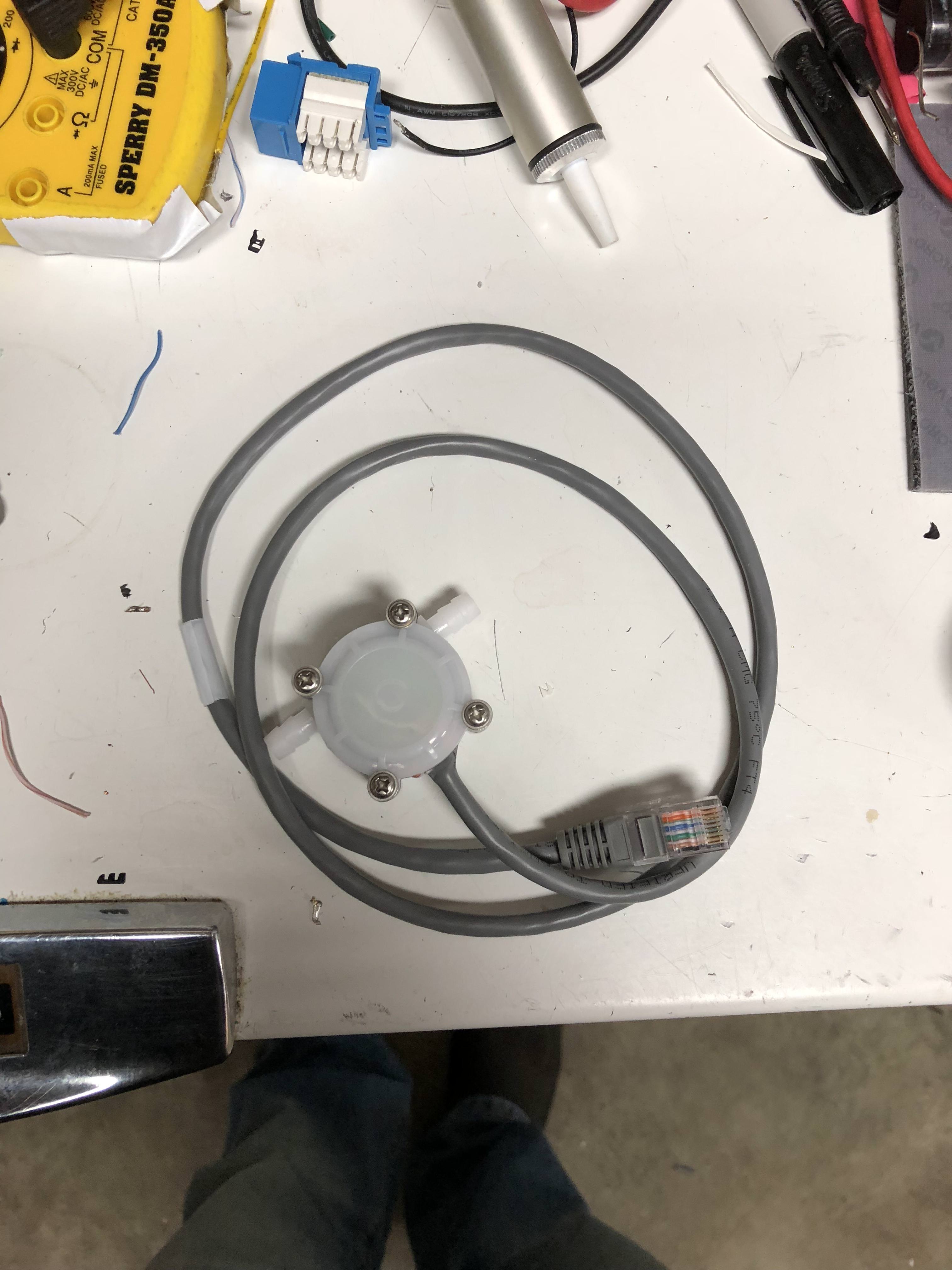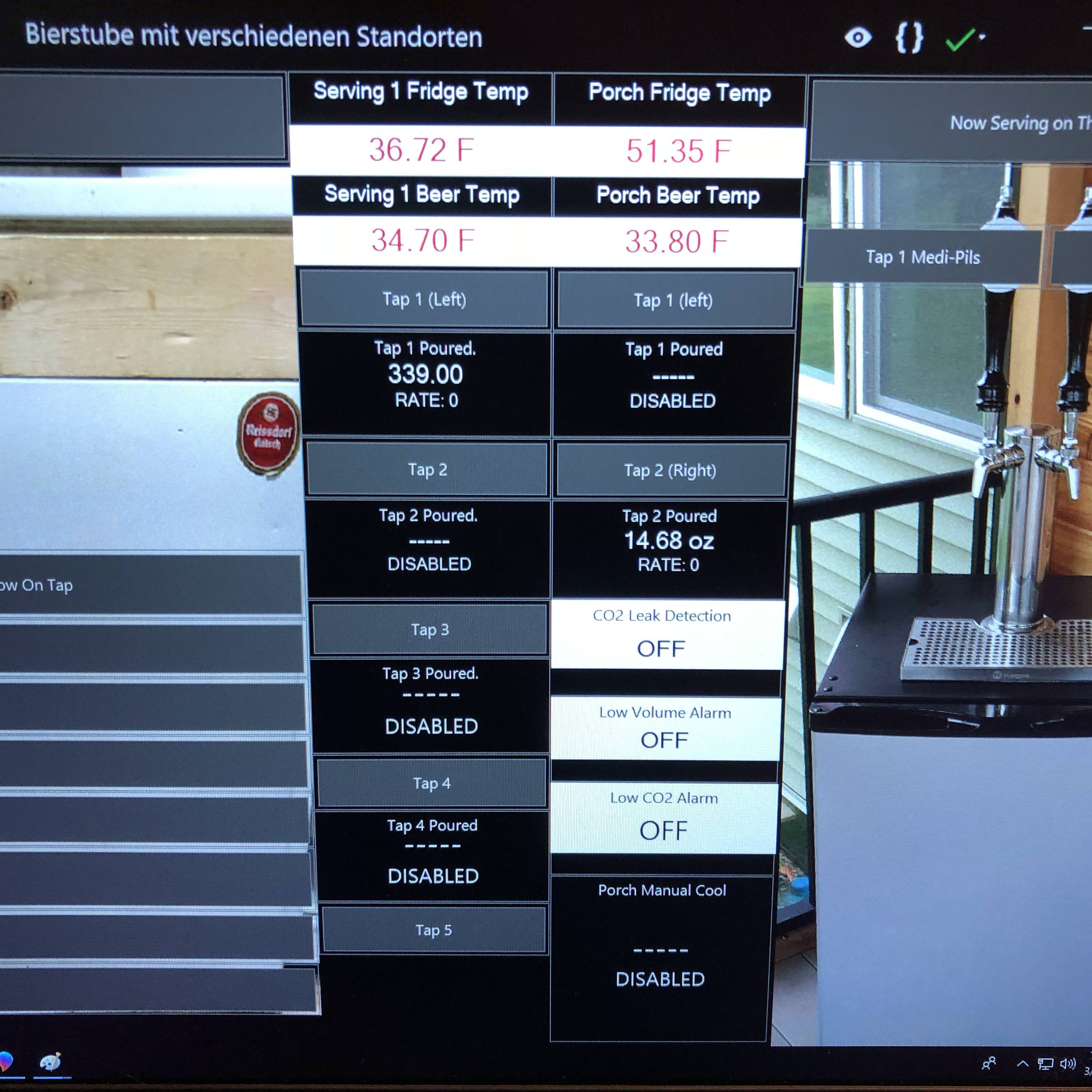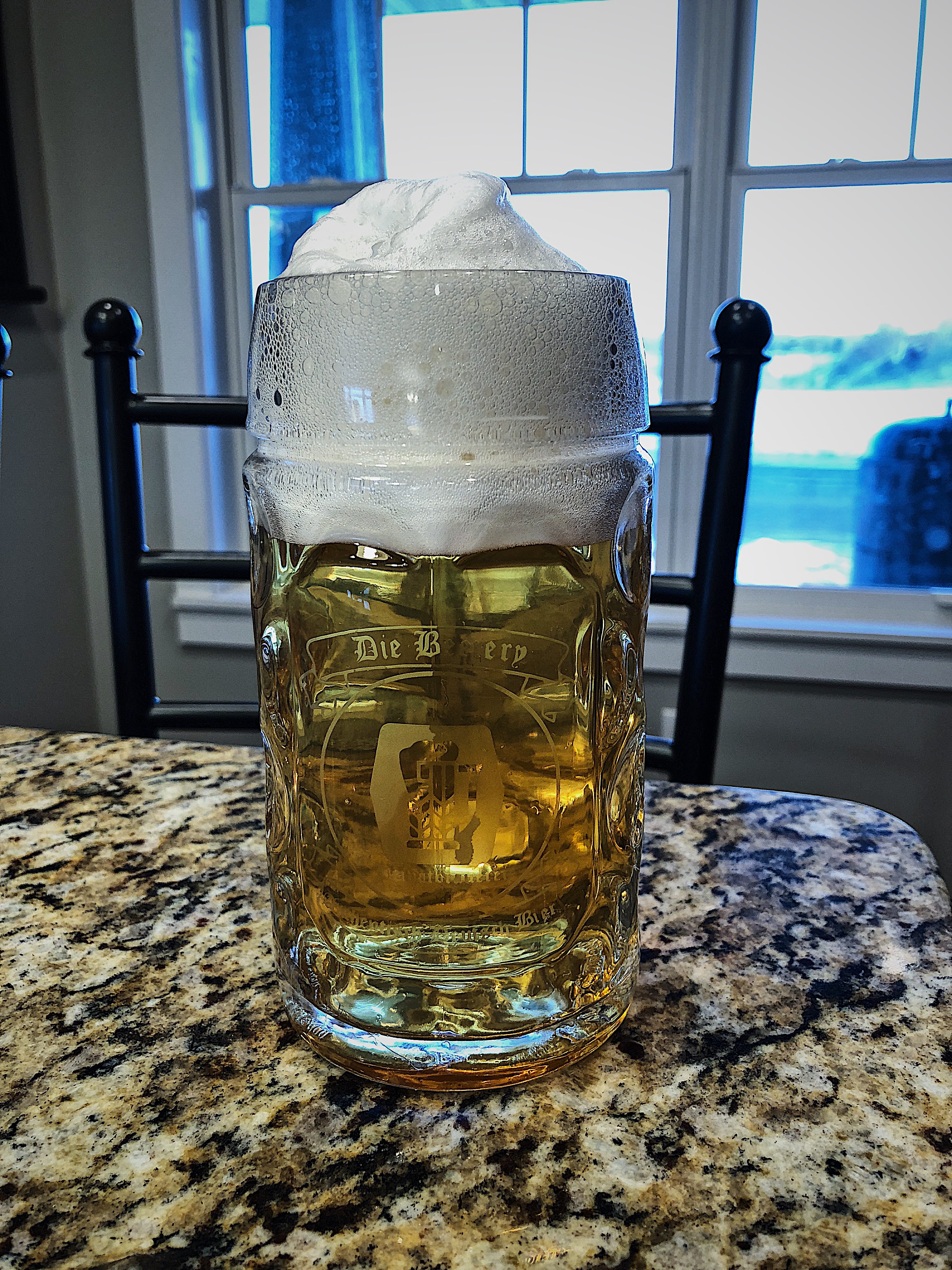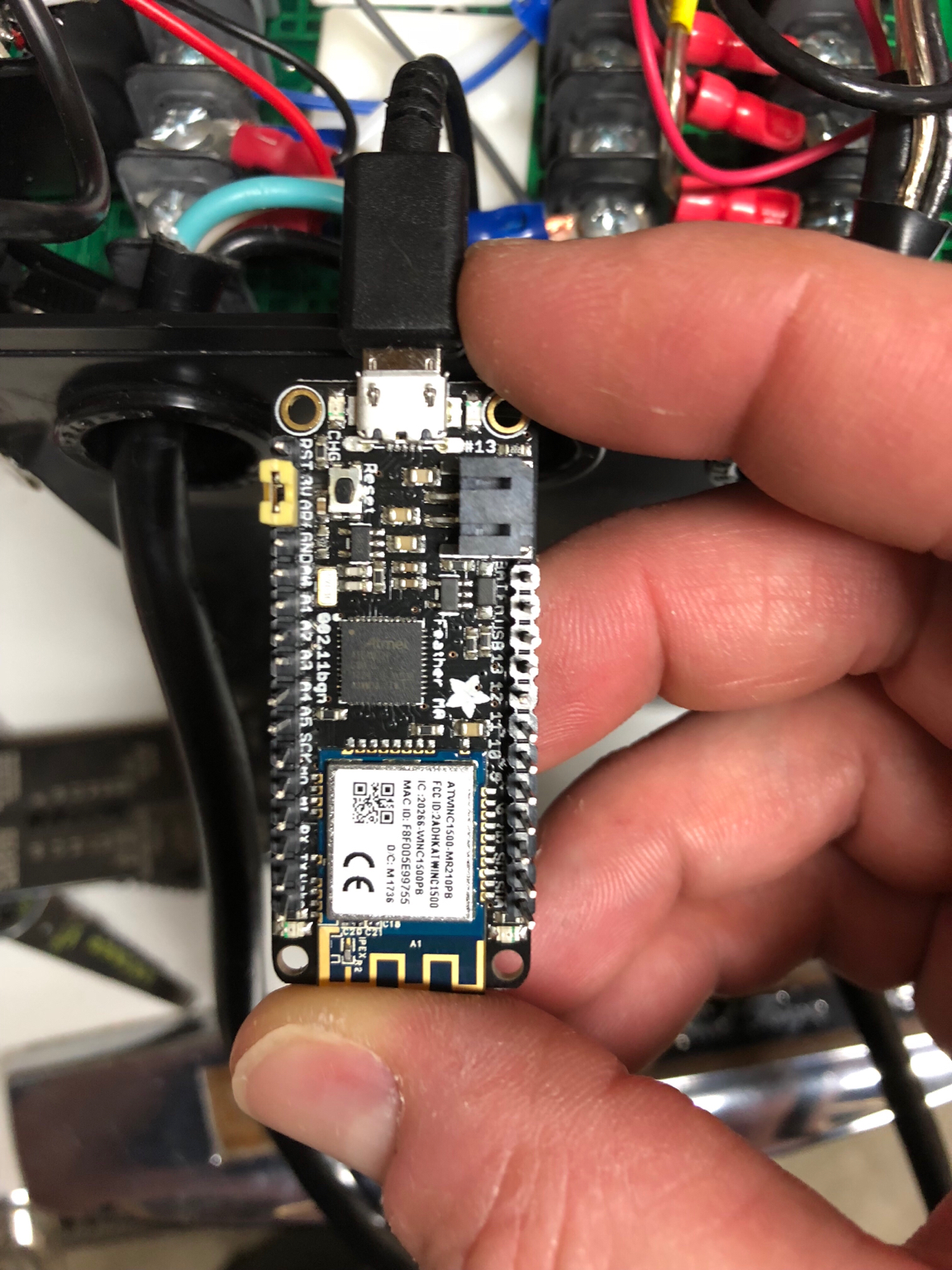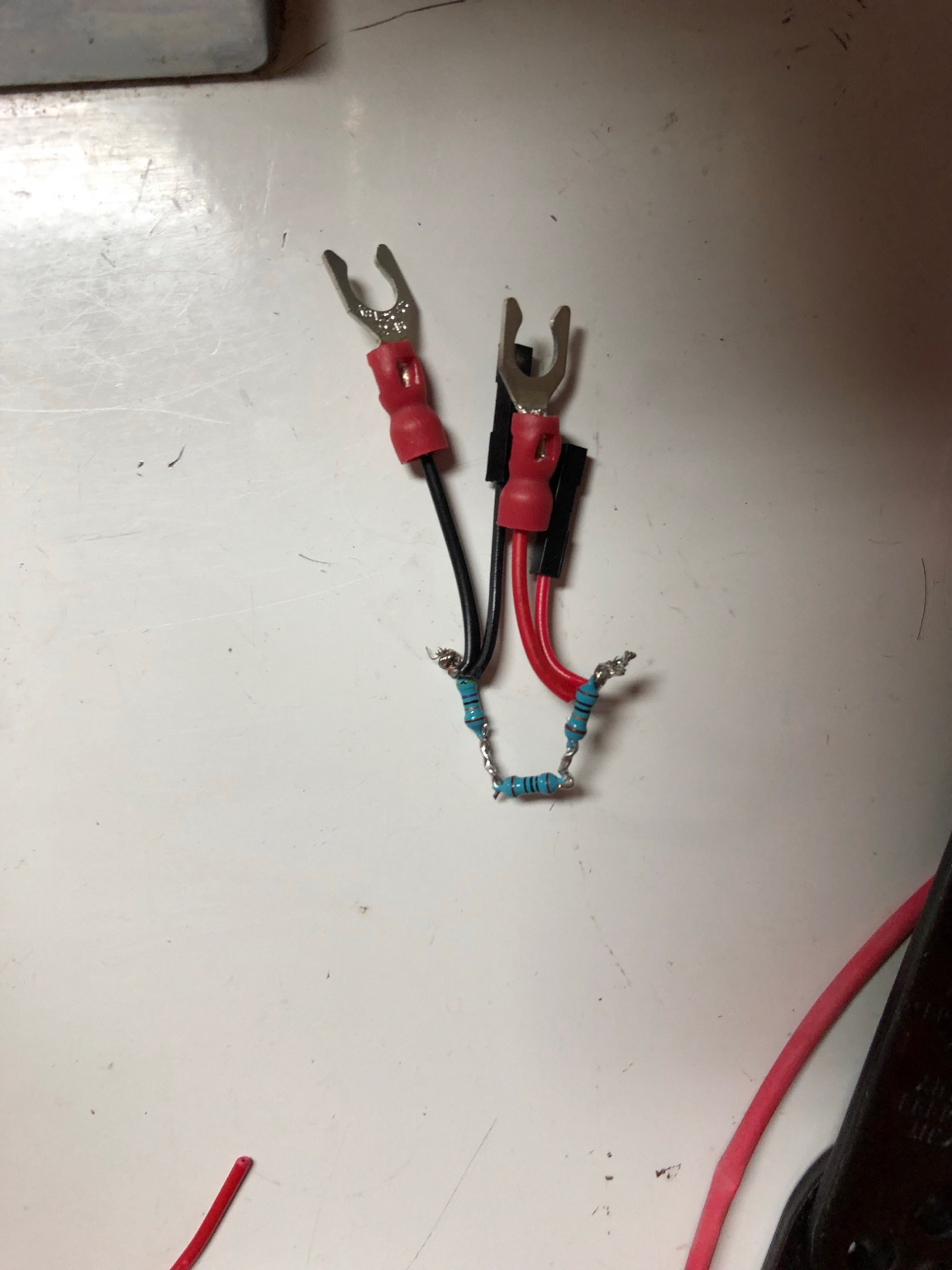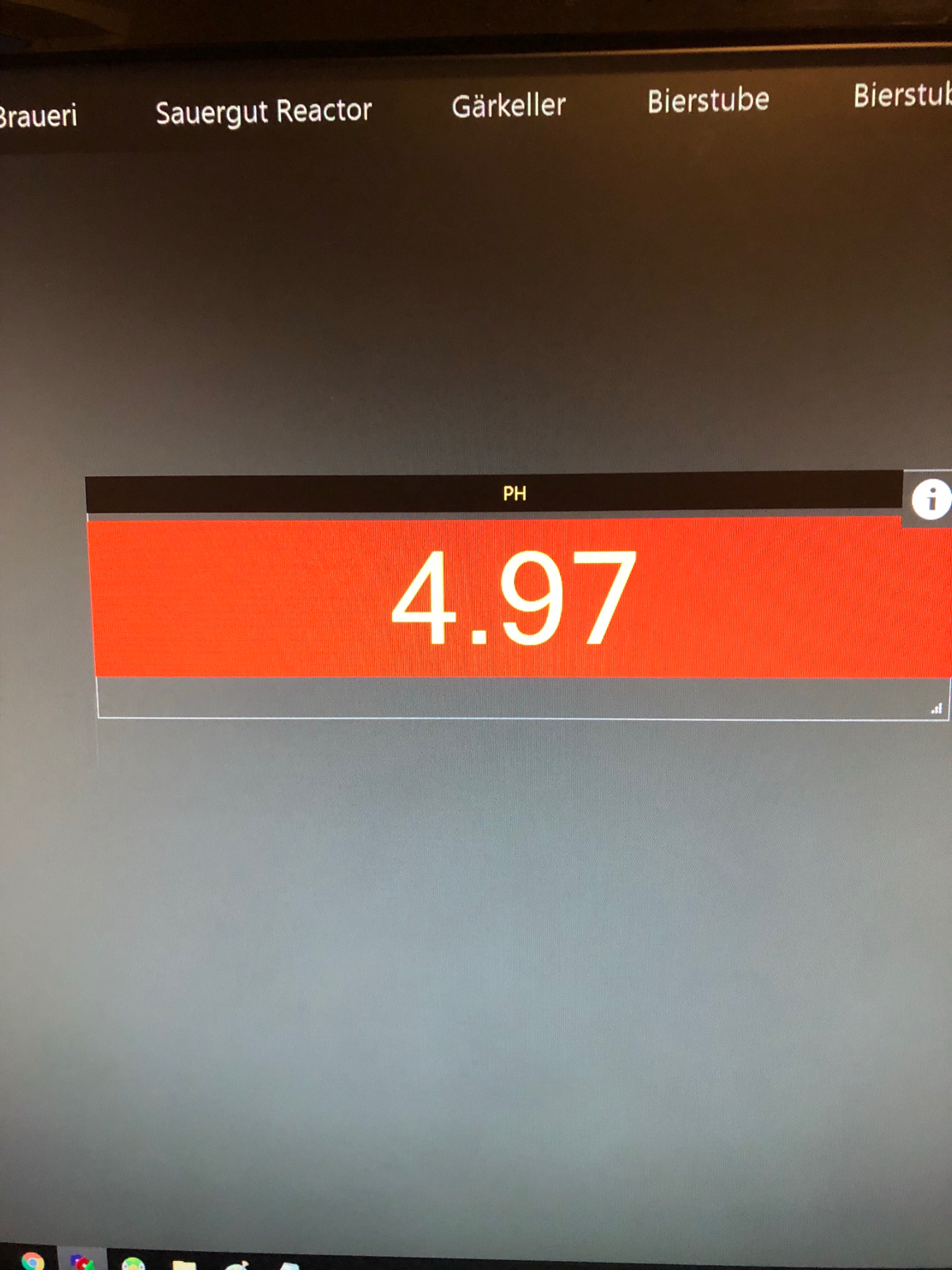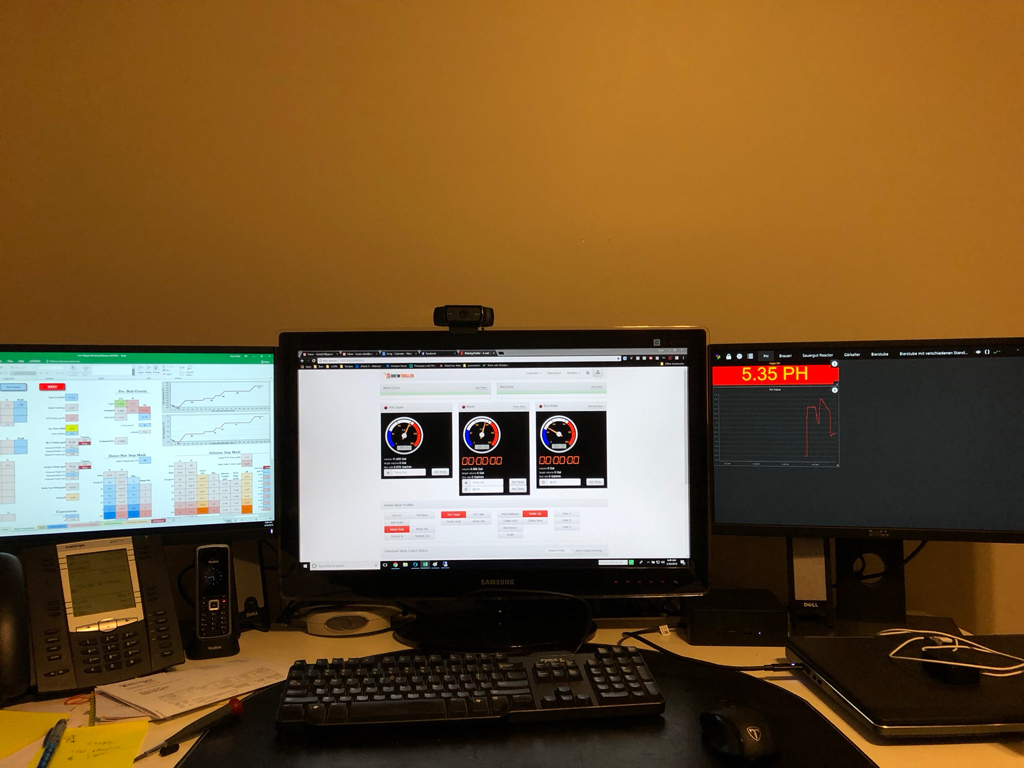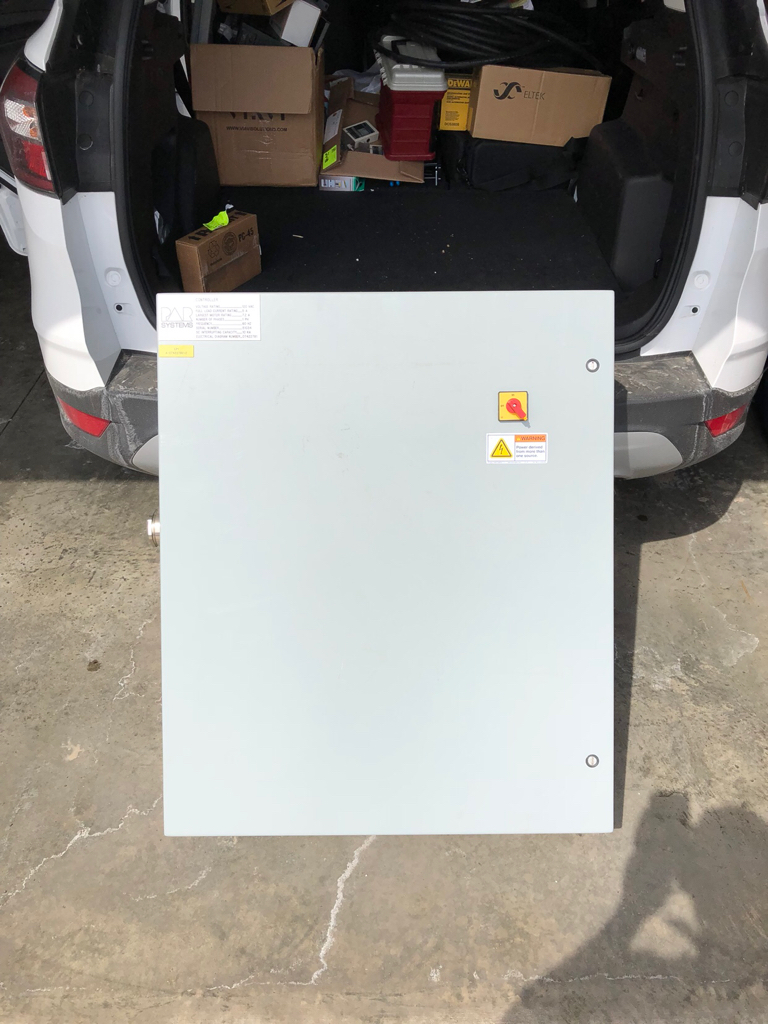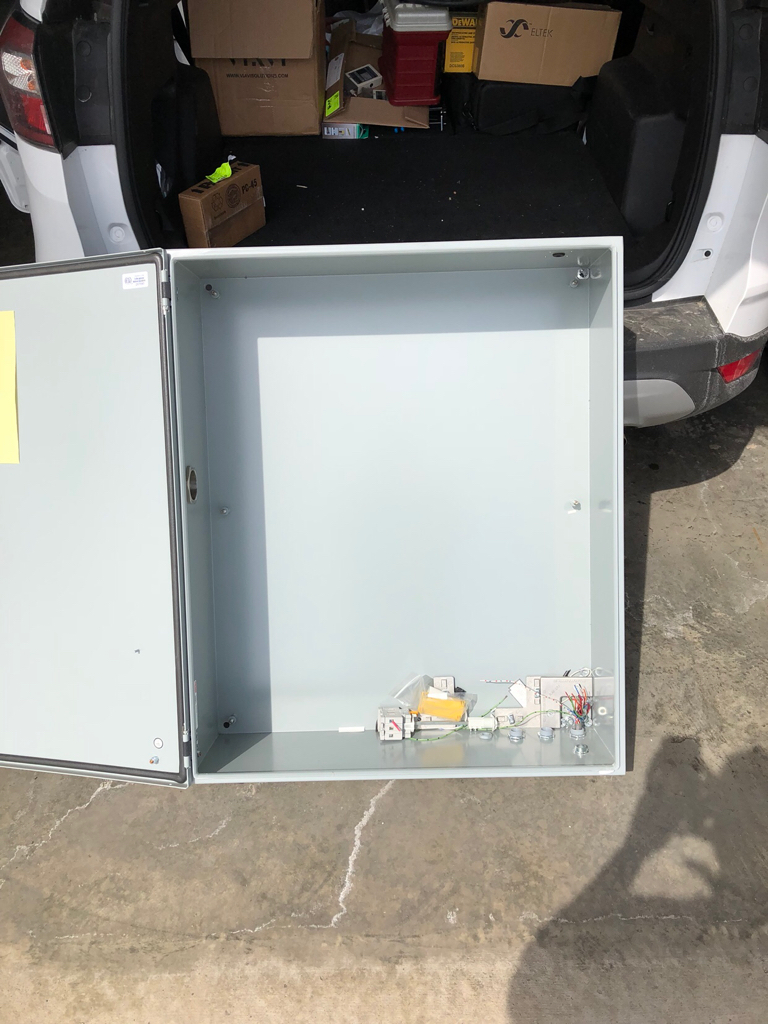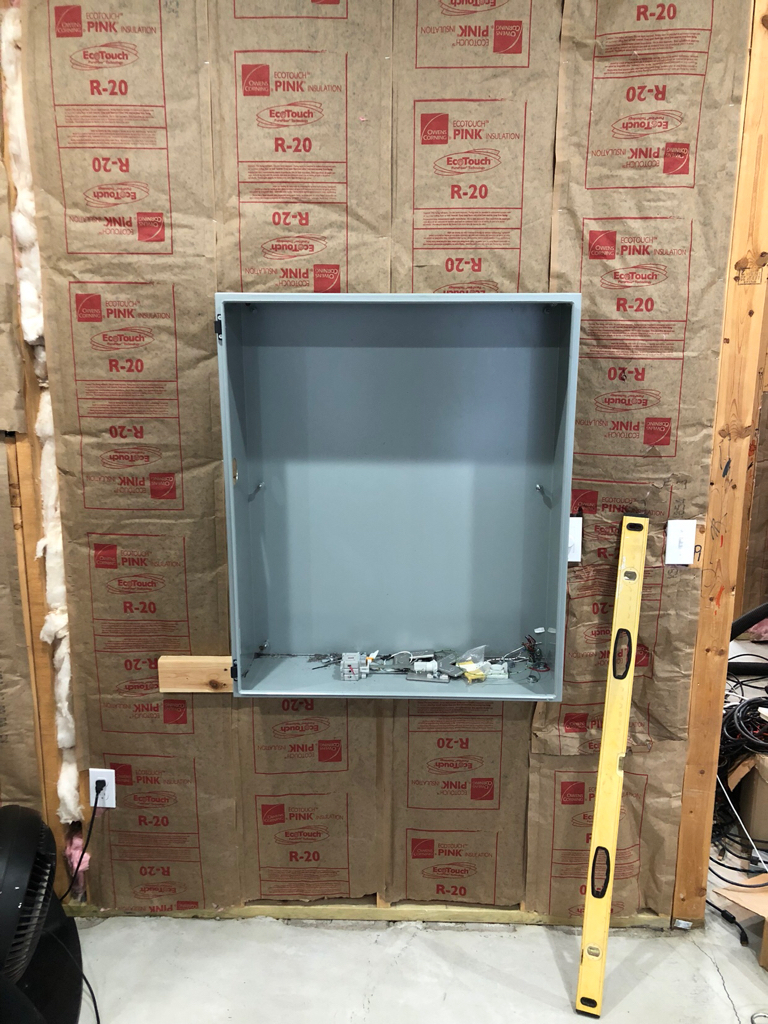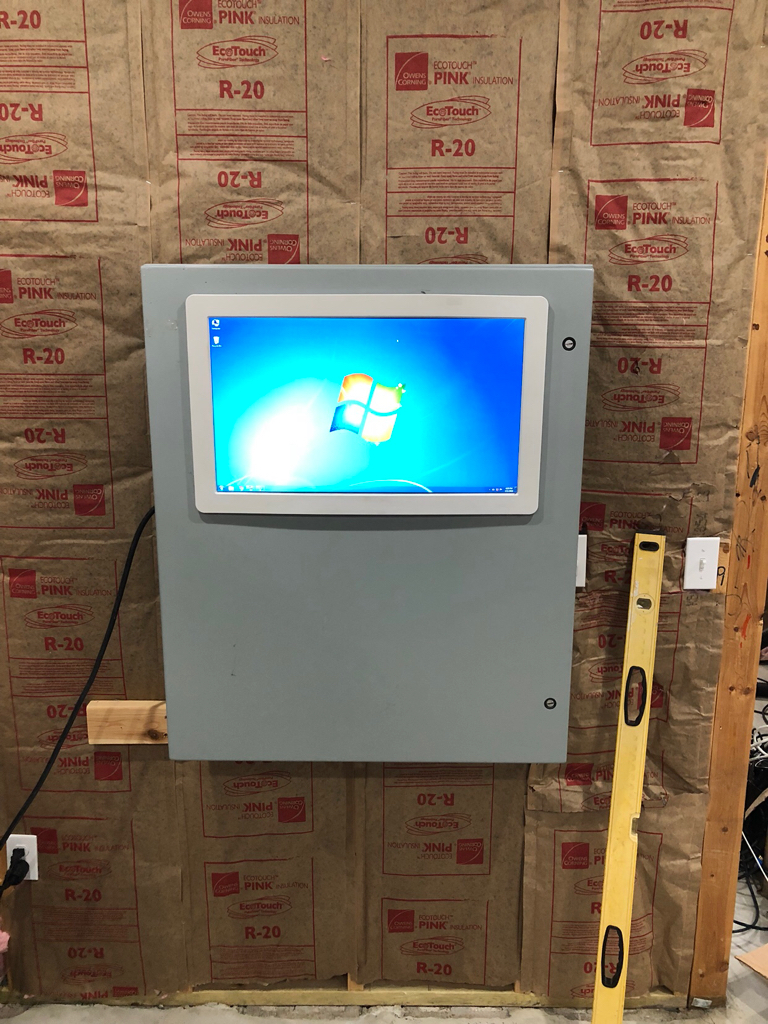Die_Beerery
Well-Known Member
- Joined
- Aug 21, 2017
- Messages
- 842
- Reaction score
- 643
Thought I would chronicle my build here. Using brucontrol and upgrading from brewtroller/pi/Arduino.
It will be a 3 vessel setup, flow, level, proportional valves,pH, DO, purging and vacuum, fermentation and serving.
I am in the process of building a brew control. I will be slowly piecing this together, right now I have exactly $35 inevsted into this stuff, and that is for my brewery control. Being as I was already using brewtroller and arduino (brewpi's), I literally have all the parts I need to re-do my controller setup.
I will be adding functionality that I didn't previously have, namely pH, DO, purging and vacuum routines, and integrating a tilt to interface and email me when it's time to spund.
So far all I have got done is some of the fermentation side. 3 out of the 4 vessels. This stuff is probably the coolest most user friendly full automation interface I have seen. It makes me as giddy as a school girl.


That’s what I got done today.
Most of all thanks to @BrunDog for all the help!
It will be a 3 vessel setup, flow, level, proportional valves,pH, DO, purging and vacuum, fermentation and serving.
I am in the process of building a brew control. I will be slowly piecing this together, right now I have exactly $35 inevsted into this stuff, and that is for my brewery control. Being as I was already using brewtroller and arduino (brewpi's), I literally have all the parts I need to re-do my controller setup.
I will be adding functionality that I didn't previously have, namely pH, DO, purging and vacuum routines, and integrating a tilt to interface and email me when it's time to spund.
So far all I have got done is some of the fermentation side. 3 out of the 4 vessels. This stuff is probably the coolest most user friendly full automation interface I have seen. It makes me as giddy as a school girl.


That’s what I got done today.
Most of all thanks to @BrunDog for all the help!
Last edited:












































![Craft A Brew - Safale BE-256 Yeast - Fermentis - Belgian Ale Dry Yeast - For Belgian & Strong Ales - Ingredients for Home Brewing - Beer Making Supplies - [3 Pack]](https://m.media-amazon.com/images/I/51bcKEwQmWL._SL500_.jpg)



















